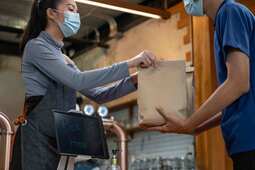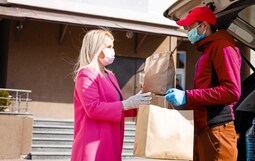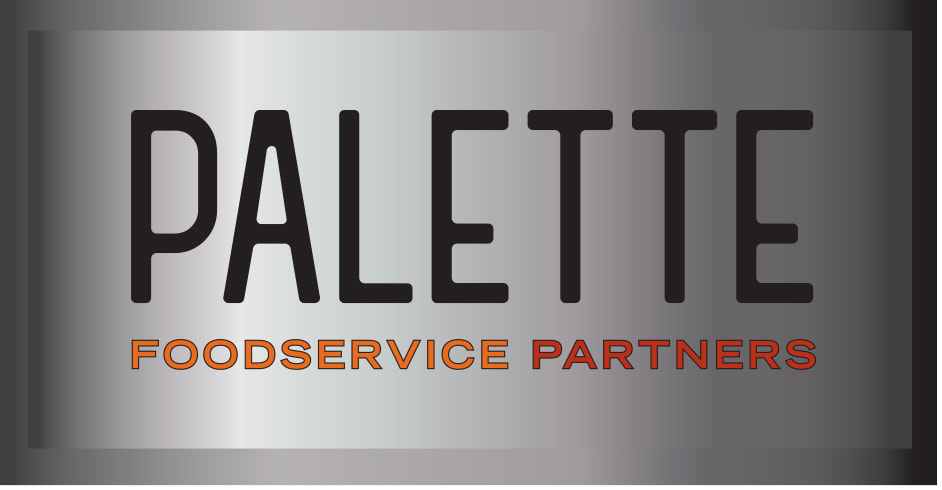 Consumers are used to getting what they want when they want it – and geofencing can help set guest expectations (and make you a more appealing choice for guests in a hurry). While the use of geofencing technology to increase the efficiency of food collection is nothing new, time has now proven its ability to expedite service. Last October, in an InTouch Insight study of 10 quick-service restaurants during peak dayparts, Chick-fil-A came in last for drive-thru times at eight minutes and 29 seconds on average. (KFC took first place for speed, with average drive-thru times of five minutes and two seconds.) Restaurant Dive reports that following a test of geofencing technology on its mobile app this past year, Chick-fil-A has been able to decrease its drive-thru times by between one and two minutes. Guests who enable location service on the restaurant’s app will get an estimate of how long their orders will take, whether for curbside, takeaway or dine-in service. Chick-fil-A staff are alerted when customers approach the restaurant and can begin preparing orders – and estimated wait times have been 90 percent accurate.  For certain takeout foods, an extra few minutes of time spent sitting out and waiting for pickup can mean the difference between a happy customer and a dissatisfied one. (Anyone who has eaten a soggy French fry from a takeout bag probably understands.) But what if you could orchestrate your orders to precisely coincide with the arrival of the people ready to collect and consume them? Geofencing can be especially helpful in preserving menu items that quickly decline in quality after they are cooked and removed from under warming lamps. Pymnts reports that McDonald’s, for one, is updating its mobile and payment functions to alert kitchen staff when mobile order-ahead customers are near the store. They are aiming to ensure that the customer’s order is ready and warm at the moment they arrive, all while boosting kitchen efficiency and enhancing the customer experience.  As curbside pickup gained momentum during the early months of the pandemic, many restaurants adopted geofencing technology to track customers driving to the restaurant to collect their food. While the tracking information helps restaurants coordinate the prompt delivery of orders to the curb and also helps them target customers in the vicinity of the restaurant with coupons and promotions, geofencing provides additional customer-side benefits too. More delivery drivers are now being equipped with their own devices that enable customers to not only track the status of their order but to trace its path. It’s another way some restaurants are trying to enhance transparency and service at a time when consumers need more incentive to spend. |
Subscribe to our newsletterArchives
April 2024
Categories
All
|



 RSS Feed
RSS Feed